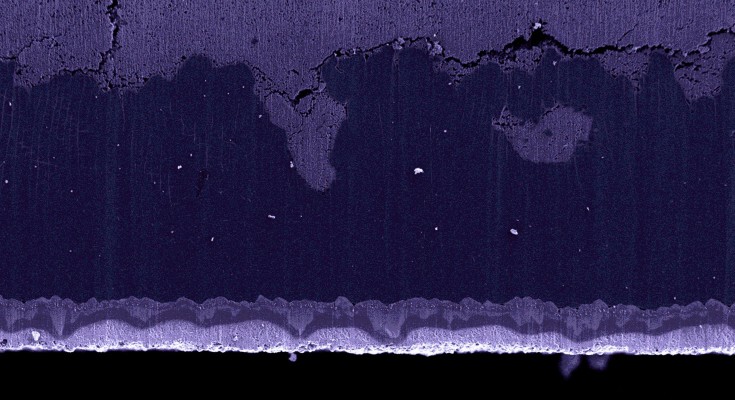
In our August 2025 issue
Quantum for finance, interfaces in batteries, molecular motors, nanopores for cancer detection, and much more.

Quantum for finance, interfaces in batteries, molecular motors, nanopores for cancer detection, and much more.

This Review discusses single-photon detectors and quantum-light sources for super-resolution microscopy, measurements below classical noise limits and photon-number-resolved spectroscopy as emerging tools for nanoscale electronic materials characterization and bioimaging.